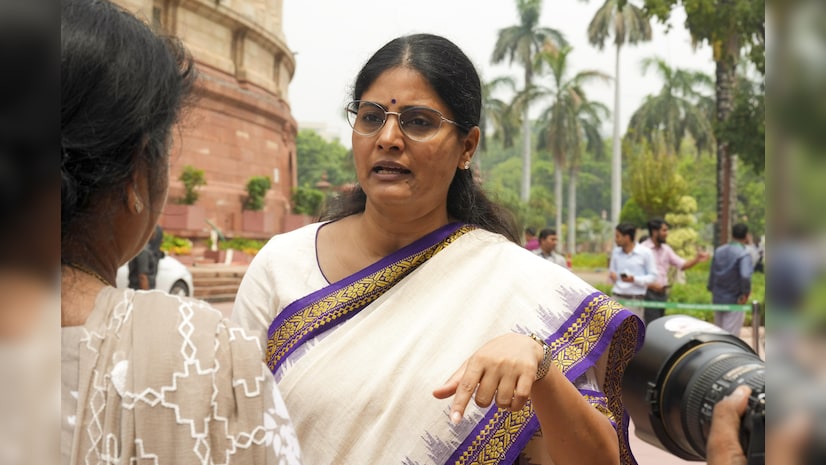
)
“Urea is provided to the farmers at a statutorily notified Maximum Retail Price (MRP). The MRP of 45kg bag of urea is Rs 242 per bag (exclusive of charges towards neem coating and taxes as applicable),” Patel said. (Photo: PTI)
The government has provided nearly Rs 37,000 crore fertiliser subsidy so far this fiscal to ensure adequate supply of crop nutrients to farmers at affordable prices, Parliament was informed on Friday.
She provided details of fertiliser subsidy provided by the government since the 2010-11 fiscal.
According to the data, the total fertiliser subsidy stood at Rs 36,993.39 crore till July 22 of the 2024-25 fiscal.
In the previous financial year, the subsidy has gone down to Rs 195,420.51 crore from Rs 254,798.9 crore in 2022-23.
Fertilisers subsidy stood at Rs 65,836.68 crore in 2010-11, Rs 74,569.83 crore in 2011-12, Rs 70,592.1 crore in 2012-13; Rs 71,280.16 crore in 2013-14; Rs 75,067.31 crore in 2014-15; Rs 76,537.56 crore in 2015-16; Rs 70,100.01 crore in 2016-17; Rs 69,197.96 crore in 2017-18; Rs 73,435.21 crore in 2018-19; Rs 83,466.51 crore in 2019-20; Rs 1,31,229.5 crore in 2020-21 and Rs 1,57,640.1 crore during 2021-22.
“Urea is provided to the farmers at a statutorily notified Maximum Retail Price (MRP). The MRP of 45kg bag of urea is Rs 242 per bag (exclusive of charges towards neem coating and taxes as applicable),” Patel said.
The difference between the delivered cost of urea at the farm gate and net market realization by the urea units is given as subsidy to the urea manufacturer/importer by the Government of India.
Accordingly, all farmers are supplied urea at the subsidised rate. The MRP of urea is applicable uniformly across various states of the country, the minister informed.
Further, Patel said the government has implemented the Nutrient Based Subsidy (NBS) Policy with effect from April 2010 for Phosphatic and Potassic (P&K) Fertilisers.
Under the policy, a fixed amount of subsidy, decided on an annual/bi-annual basis is provided on notified P&K fertilisers depending on their nutrient content and MRP is fixed by fertiliser companies as per market dynamics at a reasonable level which is monitored by the government.
“While fixing the subsidy rates under NBS, the government takes into consideration various factors, including affordability of farmers to purchase the notified P&K fertilisers,” Patel said.
To check prices and ensure the affordability of P&K fertilisers to the farmers, global prices of fertilisers and their raw materials are monitored and subsidy rates are reviewed on a need basis and notified from time to time.
“For P&K fertilisers notified under the Nutrient Based Subsidy (NBS) regime, the average MRP has remained more or less same across the states in the country during past few years,” Patel said.
The minister also provided details of the production of fertilisers.
The total fertiliser output rose to 503.35 lakh tonnes last fiscal from 485.29 lakh tonnes in the preceding 2022-23 fiscal year.
In 2010-11, the total fertilisers output stood at 376.25 lakh tonnes; 387.78 lakh tonnes in 2011-12, 374.94 lakh tonnes in 2012-13, 380.46 lakh tonnes in 2013-14, 385.39 lakh tonnes in 2014-15, 413.14 lakh tonnes in 2015-16; 414.41 lakh tonnes in 2016-17; 413.61 lakh tonnes in 2017-18; 413.85 lakh tonnes in 2018-19; 425.95 lakh tonnes in 2019-20; 433.68 lakh tonnes in 2020-21; and 435.95 lakh tonnes in 2021-22.
(Only the headline and picture of this report may have been reworked by the Business Standard staff; the rest of the content is auto-generated from a syndicated feed.)
First Published: Jul 26 2024 | 7:09 PM IST


